Fast food restaurants have been a cornerstone of American dining for decades, but many beloved chains have lost their magic. Rising costs, corporate mismanagement, and changing customer tastes have transformed these once-thriving businesses. From bankrupt seafood giants to burger joints that lost their sizzle, these familiar names are struggling to recapture their former glory.
1. Subway’s Fresh Failure
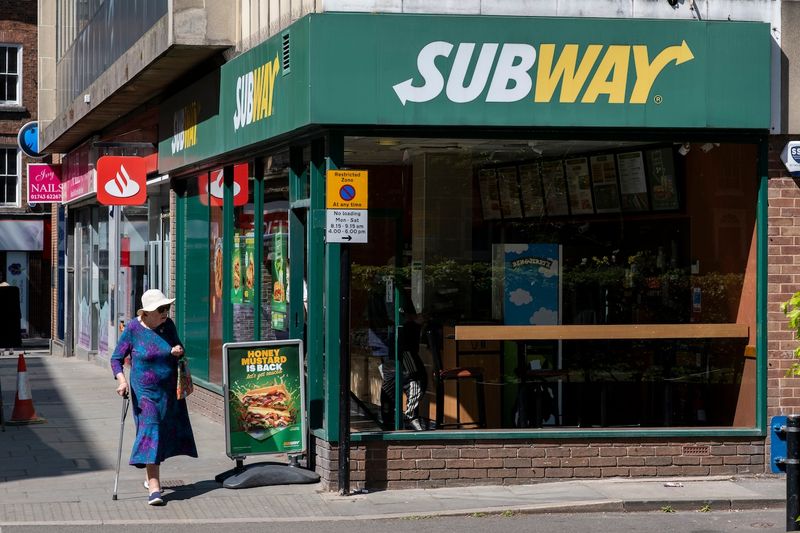
Remember when Subway’s $5 footlongs were the talk of the town? Those days have vanished like their former spokesman. The world’s largest restaurant chain by location count has closed over 1,600 U.S. stores since 2016, with franchisees revolting against corporate policies.
Complaints about stale bread, skimpy portions, and questionable ingredient quality have become commonplace. Their ACSI customer satisfaction score of 74/100 reflects widespread disappointment.
Franchise disputes have created inconsistent experiences across locations, while menu innovation has failed to excite customers the way competitors like Jersey Mike’s have managed to do with similar products.
2. Red Lobster’s Financial Shipwreck

The seafood giant that once brought affordable ocean fare to middle America is drowning in debt. In 2024, Red Lobster filed for Chapter 11 bankruptcy protection with over $1 billion in liabilities, forcing the closure of 116+ locations nationwide.
Their infamous “Endless Shrimp” promotion became a financial disaster, losing the company $11 million in 2023 alone. Once-packed dining rooms now sit empty as customers question both value and quality.
Mismanagement under Thai Union ownership pushed the chain toward financial ruin, with failed attempts to balance affordable promotions against rising seafood costs. Even those famous Cheddar Bay Biscuits couldn’t save this sinking ship.
3. Applebee’s Neighborhood Goodbye
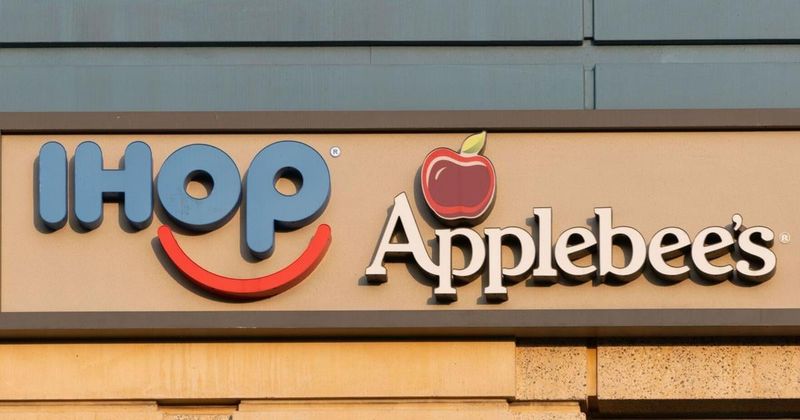
The casual dining chain that once promised affordable meals in a friendly atmosphere has closed 81+ locations since 2023. $18 burgers have replaced the value-focused menu items that built their reputation in the 1990s.
Desperate for survival, some locations now experiment with IHOP combo stores – a strange marriage of breakfast pancakes and evening appetizers. Chronic staffing shortages have led to slow service and quality control issues.
Generic food offerings fail to distinguish Applebee’s from competitors, while dated restaurant designs feel increasingly out of touch with modern dining preferences. The neighborhood bar and grill concept simply hasn’t evolved with the times.
4. Quiznos’ Toasted Downfall
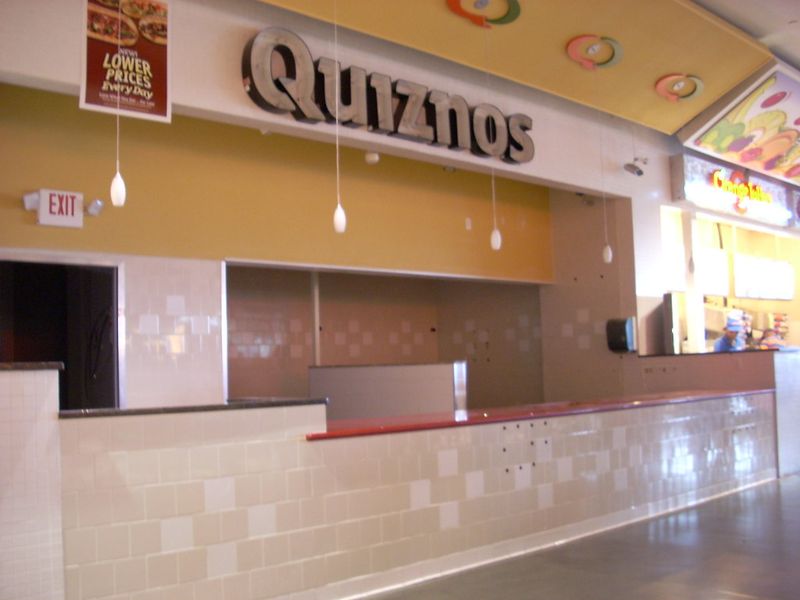
Once boasting nearly 5,000 locations and famous for pioneering toasted subs, Quiznos has virtually disappeared from the American landscape. Their aggressive franchise model ultimately became their undoing when corporate demands made profitability nearly impossible for store owners.
By 2023, only 163 U.S. locations remained – a staggering 97% decline from their peak. Their memorable but bizarre advertising (featuring singing rodent-like creatures called “Spongmonkeys”) couldn’t save them from Subway’s market dominance.
Costly ingredients and premium pricing positioned them awkwardly between fast food and fast-casual, while failing to deliver enough value to justify the higher costs to consumers.
5. Dairy Queen’s Melting Appeal
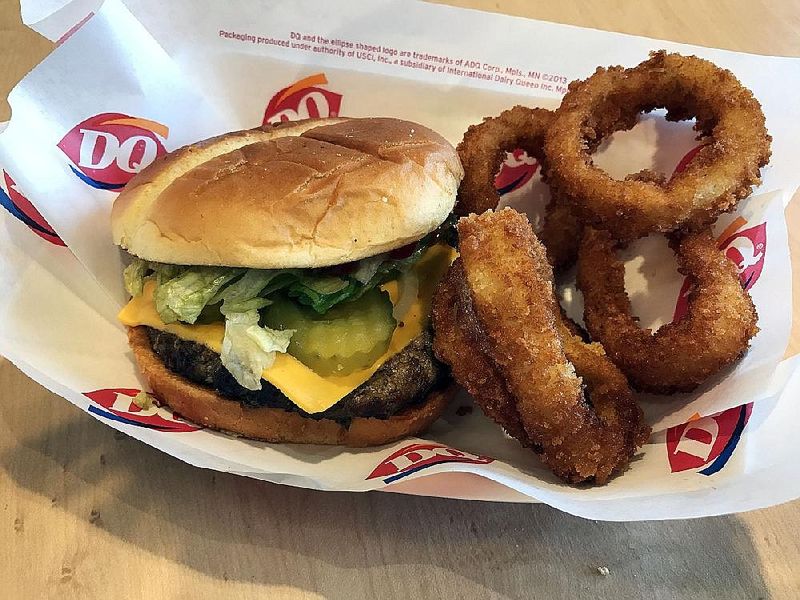
The Blizzard maker faces a chilly reception for anything beyond its frozen treats. Once known for both ice cream and hot food offerings (remember the “Brazier” burger menu?), Dairy Queen has allowed its savory food quality to deteriorate dramatically.
Customer satisfaction scores plummeted to 74/100 in 2024, with frequent complaints about “frozen reheated” food quality. Many locations have abandoned hot food altogether, focusing exclusively on treats.
The chain’s identity crisis leaves it vulnerable to competition from both dedicated ice cream shops and burger joints. Without the dual appeal that once made DQ special, many customers only visit for dessert – if they visit at all.
6. McDonald’s Golden Arches Tarnished
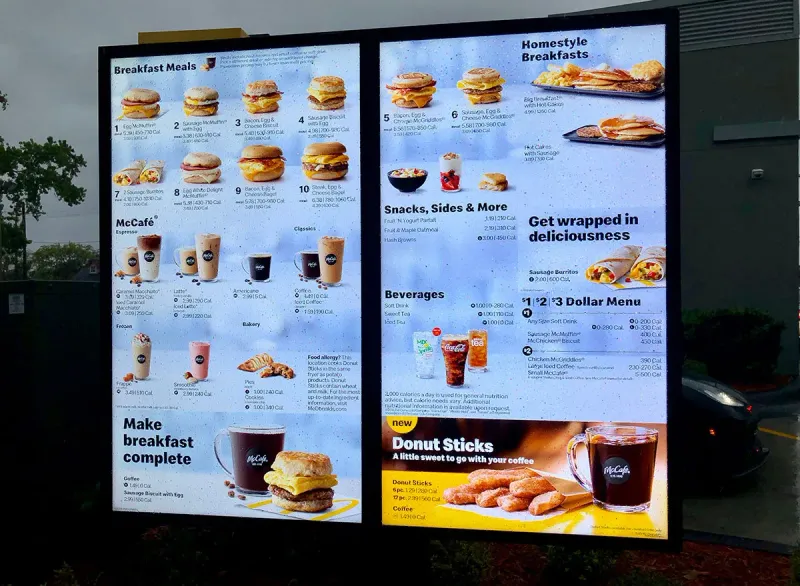
The home of the Happy Meal now makes many customers unhappy. With Big Mac meal prices nearly doubling since 2014 (reaching a whopping $18 in some locations), the chain’s value proposition has evaporated faster than the steam from their french fry bags.
Quality inconsistencies plague the world’s largest fast food chain, earning them the embarrassing distinction of ranking dead last in customer satisfaction among major restaurants (71/100 on the 2024 ACSI survey). Long drive-thru lines and staffing shortages haven’t helped matters.
The golden arches simply don’t shine as brightly when the food costs as much as casual dining but arrives lukewarm and hastily assembled.
7. Taco Bell’s Identity Crisis
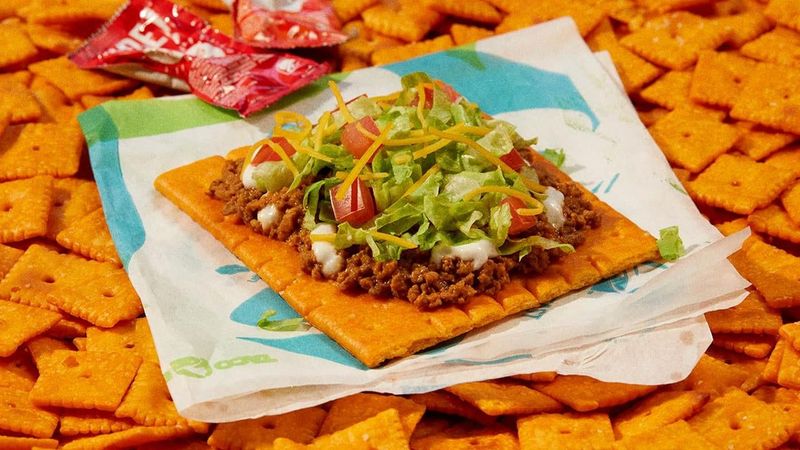
The Mexican-inspired fast food chain that once offered simple tacos for 59 cents has transformed into a laboratory of bizarre food mashups. Doritos taco shells, breakfast burritos, and pizza-inspired concoctions have diluted what made the chain special in the first place.
Their ACSI customer satisfaction score of 73/100 reflects growing frustration with inconsistent quality and execution. Menu items appear and disappear with dizzying frequency, leaving loyal customers unable to count on finding their favorites.
While innovation keeps Taco Bell in the headlines, basic quality has suffered. Portions have shrunk while prices have climbed, making those late-night Taco Bell runs increasingly disappointing.
8. Boston Market’s Rotisserie Retreat
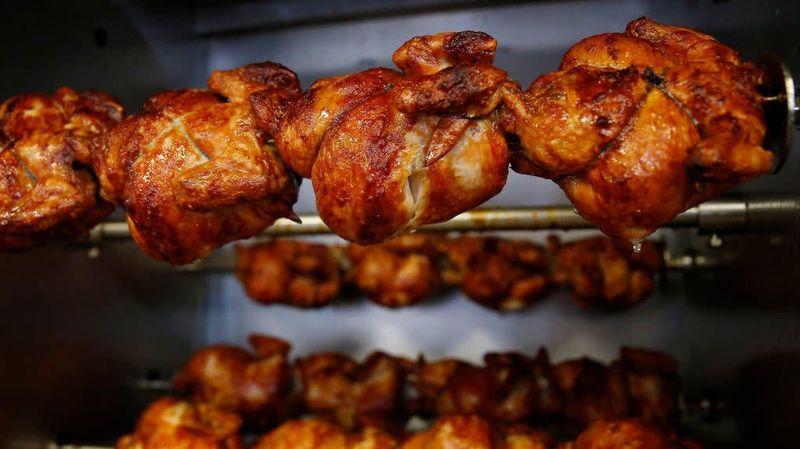
The home-style meal provider that once challenged traditional fast food with rotisserie chicken and hearty sides has dramatically scaled back its presence. From a peak of over 1,100 locations, Boston Market now operates fewer than 300 restaurants nationwide.
Financial troubles culminated in a 2019 bankruptcy filing, with dozens more locations shuttering in the years since. The chain’s positioning as a premium fast-casual option became problematic as grocery stores began offering similar rotisserie meals at lower prices.
Declining food quality and inconsistent execution across remaining locations have further eroded customer loyalty. What was once a revolutionary concept now feels like an overpriced relic of the 1990s.
9. Sbarro’s Mall Food Court Decline
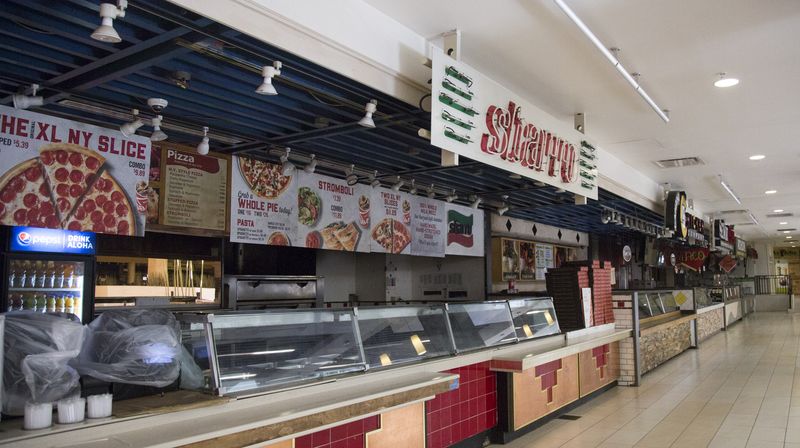
The pizza-by-the-slice chain that dominated American mall food courts now finds itself without a home as shopping centers continue closing nationwide. Sbarro’s business model depended entirely on mall foot traffic that has evaporated in the e-commerce era.
Multiple bankruptcy filings couldn’t solve their fundamental location problem. The chain has attempted to pivot to airports and highway travel centers, but these limited venues can’t replace thousands of shuttered mall locations.
Beyond location woes, Sbarro’s pizza quality has failed to keep pace with the artisanal pizza boom. Their reheated slices sitting under heat lamps symbolize an outdated approach to fast food that consumers increasingly reject.
10. Howard Johnson’s Complete Disappearance
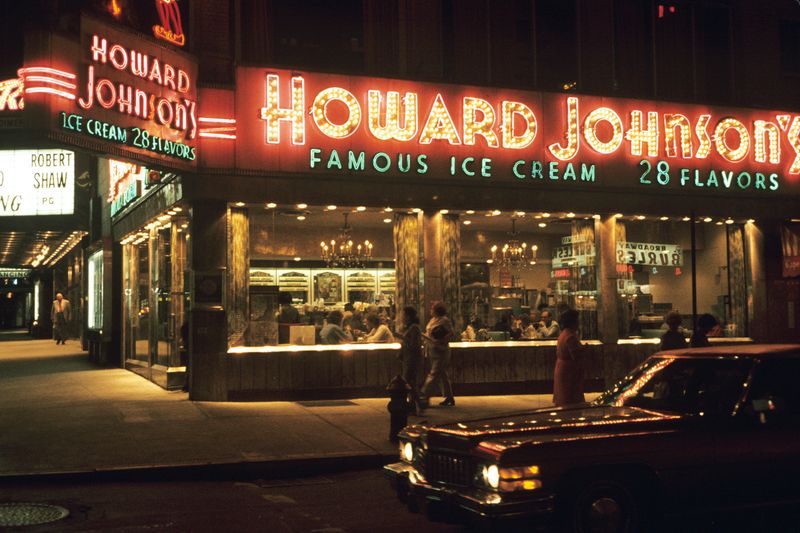
America’s largest restaurant chain of the 1960s has completely vanished from the landscape. With over 1,000 locations in its heyday, Howard Johnson’s orange-roofed restaurants were road trip landmarks famous for their 28 ice cream flavors and family-friendly atmosphere.
The final HoJo’s restaurant closed in 2022, marking the end of a 97-year legacy. Their downfall began when they couldn’t match McDonald’s speed or Denny’s prices, leaving them stranded in a middle ground that appealed to neither hurried travelers nor value-conscious families.
Frozen food offerings couldn’t compete with fresher alternatives, while the nostalgic roadside restaurant concept became obsolete in the interstate era.
11. Buca di Beppo’s Italian Farewell
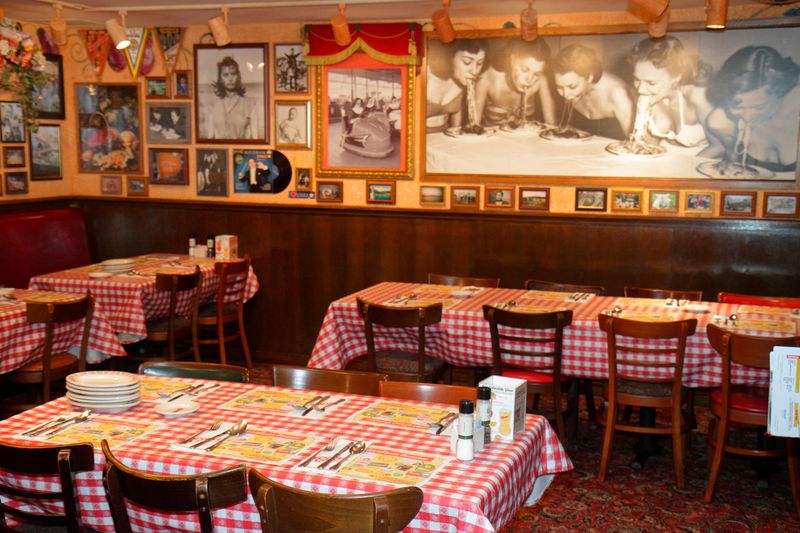
The boisterous family-style Italian chain known for Christmas lights and oversized portions has lost both locations and identity. In 2024, Buca di Beppo filed for Chapter 11 bankruptcy protection, revealing $39 million in debt and closing at least 18 locations nationwide.
Following acquisition by Planet Hollywood, the chain systematically stripped away the quirky decor and unique menu items that once made dining there a memorable experience. Generic Italian food replaced the distinctive offerings that built their reputation.
Rising food costs made their family-style portions financially unsustainable, while bland rebranding alienated the core customers who once celebrated special occasions in their eclectic dining rooms.
12. Rubio’s Coastal Grill’s Baja Bust
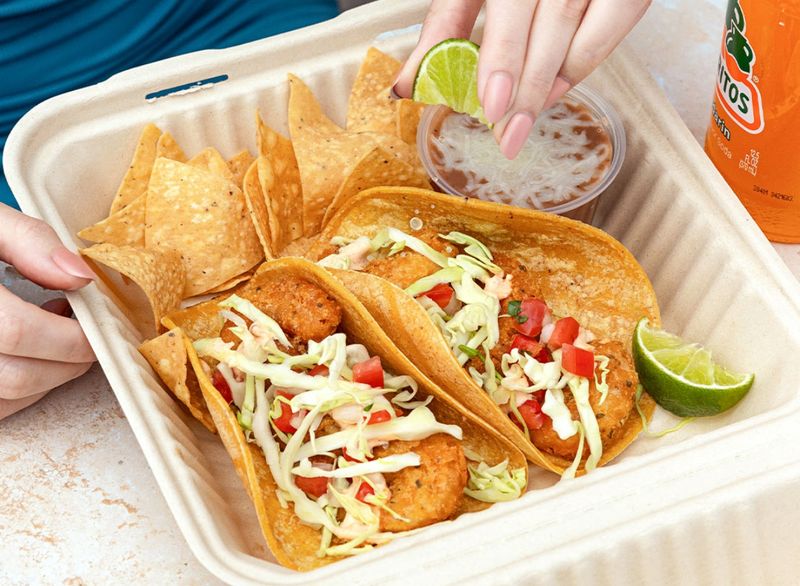
The pioneer of Baja-style fish tacos has filed for bankruptcy protection twice in just four years (2020 and 2024). From a peak of 130+ locations, Rubio’s has contracted to just 86 restaurants – primarily in California.
Aggressive expansion beyond their West Coast base proved disastrous, with most non-California locations shuttering. Fierce competition from both Chipotle and regional taco shops squeezed Rubio’s from both the premium and value ends of the market.
COVID-19 devastated their business model, which relied heavily on lunch crowds from nearby offices. Even their signature fish tacos couldn’t save them when remote work became the norm for their core customer base.
13. Popeyes’ Sandwich Letdown
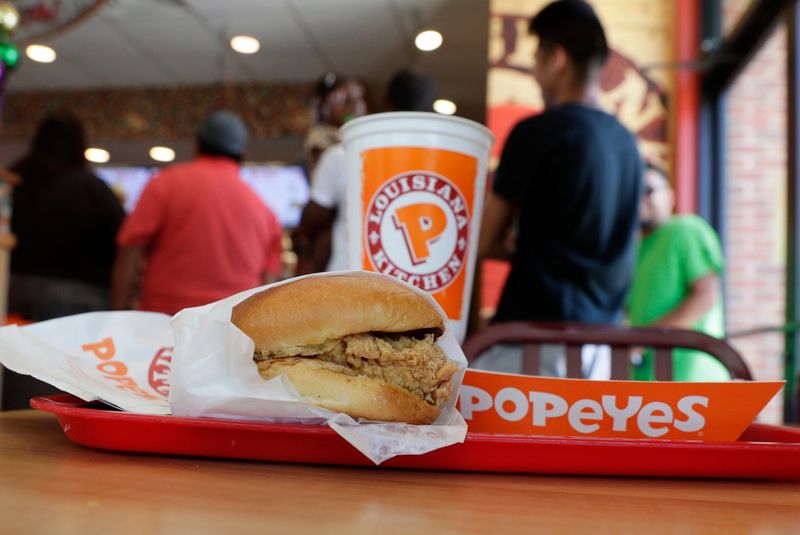
The fried chicken chain that broke the internet with its 2019 chicken sandwich phenomenon has failed to maintain the quality that made it famous. Lines that once wrapped around buildings have disappeared as consistency issues plague the chain.
Their ACSI customer satisfaction score plummeted three points to 72/100 in 2024, reflecting widespread disappointment. The viral chicken sandwich success created operational challenges the company couldn’t sustain, leading to wildly inconsistent experiences across locations.
Popeyes’ inability to maintain standards during demand surges has damaged their reputation. What was once considered a genuine challenger to Chick-fil-A’s chicken sandwich dominance now struggles with basic quality control and customer service.
14. Denny’s 24/7 Decline
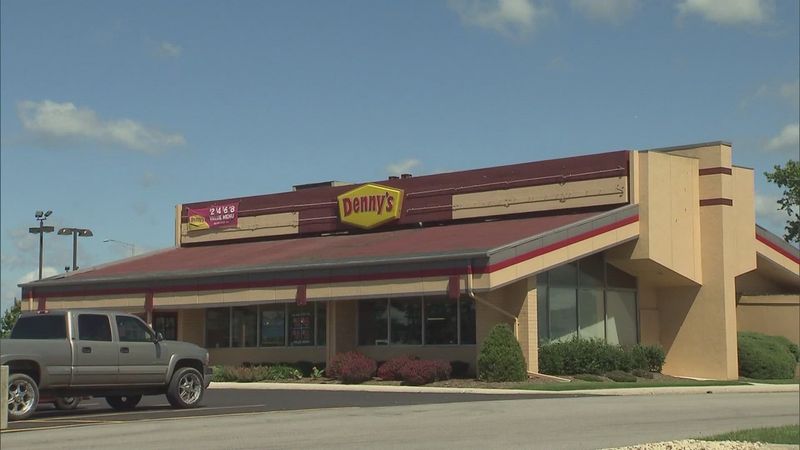
The always-open diner chain plans to close 150 locations by 2025 as their round-the-clock business model falters. Post-pandemic recovery never materialized for Denny’s, with stock values falling 17% as customers abandoned traditional sit-down breakfast experiences.
Many locations have abandoned their signature 24/7 service due to staffing challenges and diminished late-night demand. Their Grand Slam breakfasts and late-night comfort food no longer draw crowds willing to wait for table service.
Aging stores in declining commercial areas have become financial liabilities, while inflation has forced price increases that undermine Denny’s value proposition. The chain that once welcomed night owls now struggles to attract customers at any hour.
15. MOD Pizza’s Rapid Rise and Fall
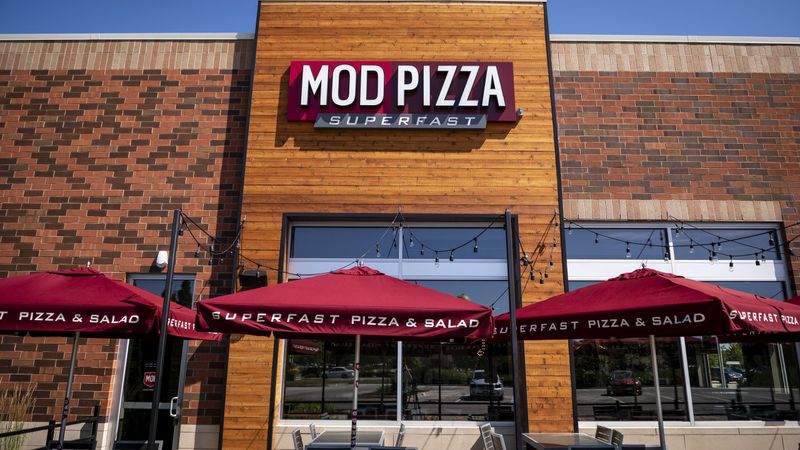
The fast-casual pizza chain that prided itself on social responsibility and customizable pies has closed 44+ locations in 2024 alone. After expanding to over 500 stores, MOD Pizza was sold to Elite Restaurant Group amid swirling bankruptcy rumors.
Their aggressive growth strategy proved unsustainable when customer demand couldn’t match their rapid expansion. The build-your-own pizza concept that seemed revolutionary in 2008 became commonplace as competitors like Blaze Pizza and Pieology entered the market.
Despite positive press for their employment practices (hiring formerly incarcerated individuals and those with disabilities), MOD couldn’t translate social goodwill into financial stability. Their fast-casual pizza bubble has effectively burst.
16. Burger Chef’s Complete Extinction
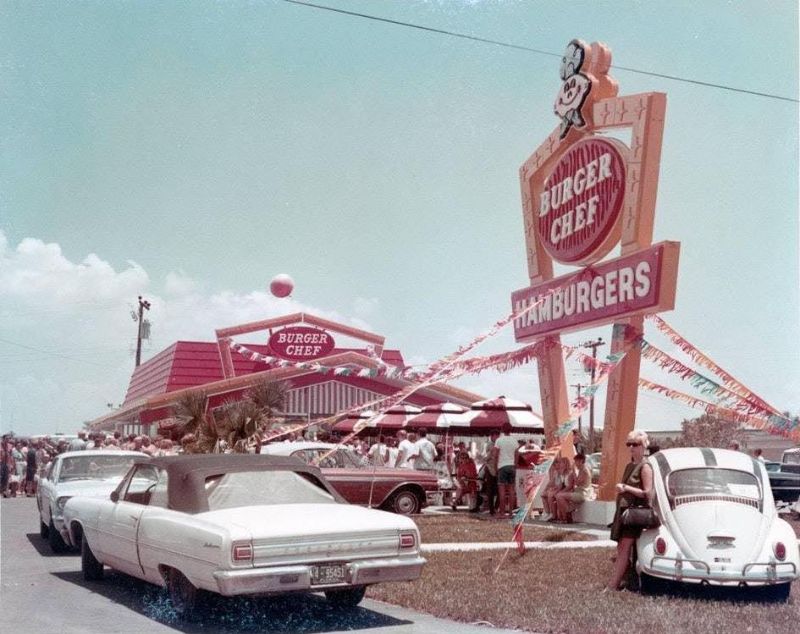
Once McDonald’s most formidable rival with 1,200 locations, Burger Chef has completely disappeared from the American landscape. The chain that actually invented the kids’ meal with toy (called “Funmeal”) was outmarketed by McDonald’s Happy Meal despite being first to market.
The last Burger Chef closed in 1996, with remaining locations absorbed into Hardee’s. Their inability to match McDonald’s massive advertising budget ultimately proved fatal, despite having comparable or better products.
Burger Chef pioneered many fast food innovations we now take for granted, including the “Works Bar” where customers could add their own toppings. Their extinction shows that superior products alone can’t overcome marketing disadvantages in the fast food world.
17. Fuddruckers’ Burger Bust

The self-proclaimed “World’s Greatest Hamburger” chain has nearly vanished after filing for bankruptcy in 2020. Fuddruckers’ parent company sold off assets, leaving just a handful of locations operating nationwide – down from hundreds at their peak.
Their build-your-own-burger concept with fresh-baked buns and fixings bar was revolutionary in the 1980s but failed to evolve. Competitors like Five Guys and Shake Shack offered similar quality with more modern appeal and better locations.
The remaining Fuddruckers restaurants feel like time capsules from a bygone era. Their massive, sprawling locations with game rooms and elaborate decor became financial liabilities as real estate costs rose and family dining patterns changed.
18. Little Tavern’s Slider Surrender
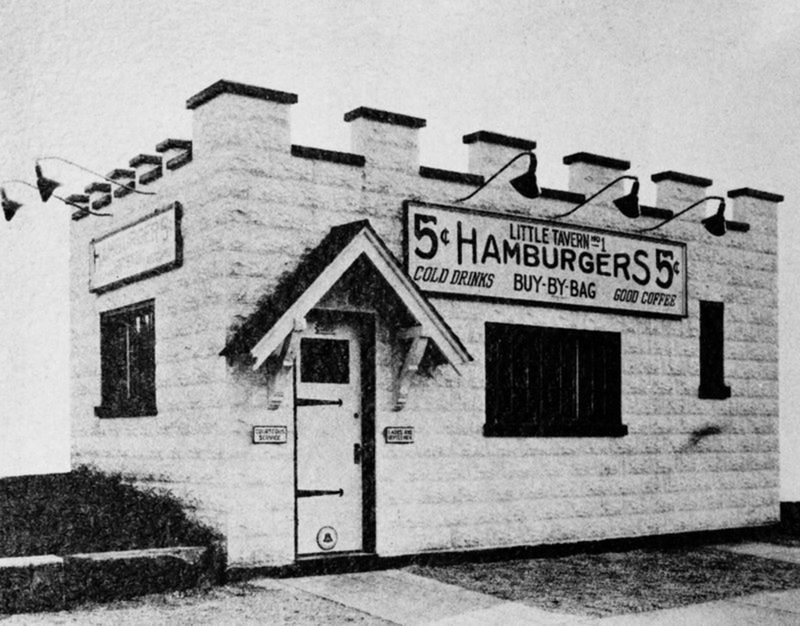
The iconic “Buy ‘Em by the Bag” slider chain housed in distinctive storybook cottages closed its final location in 2008 after 81 years in business. Little Tavern’s tiny white-tiled buildings with castle-like facades were once fixtures in Baltimore, Washington D.C., and surrounding areas.
White Castle ultimately dominated the slider market nationally, while Little Tavern’s limited regional footprint couldn’t sustain the business. Their charming but tiny buildings became increasingly difficult to modernize for contemporary fast food operations.
A few one-off replicas have attempted to capture the nostalgia, but the authentic experience of grabbing a bag of five-cent burgers from these miniature castles has been lost to history.
19. Long John Silver’s Seafood Struggle
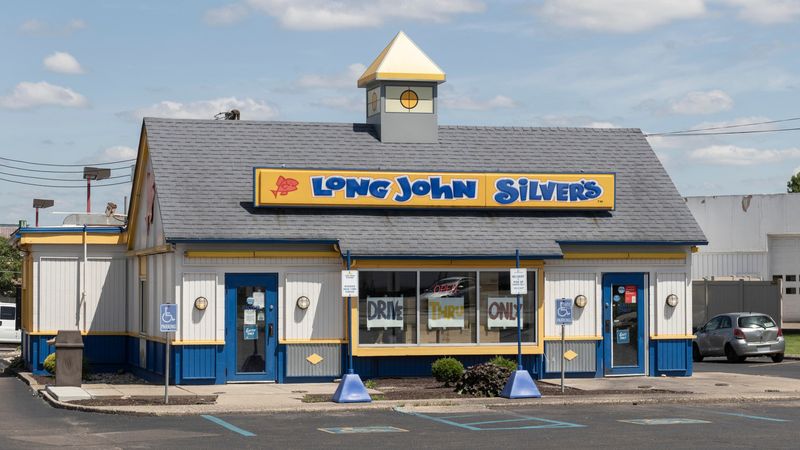
The quick-service seafood chain has closed hundreds of locations as American tastes drift away from their deep-fried offerings. Health-conscious dining trends have been particularly devastating for a menu built around battered and fried seafood.
Many remaining locations now operate as co-branded spaces with other fast food concepts like A&W or KFC. Their signature crunchies (the bits of fried batter that fall off during cooking) seem increasingly out of step with modern nutritional concerns.
The chain’s pirate-themed branding and nautical decor feel dated rather than charming to younger consumers. What was once America’s largest seafood chain now operates in the shadows of its former prominence, with a drastically reduced footprint.



